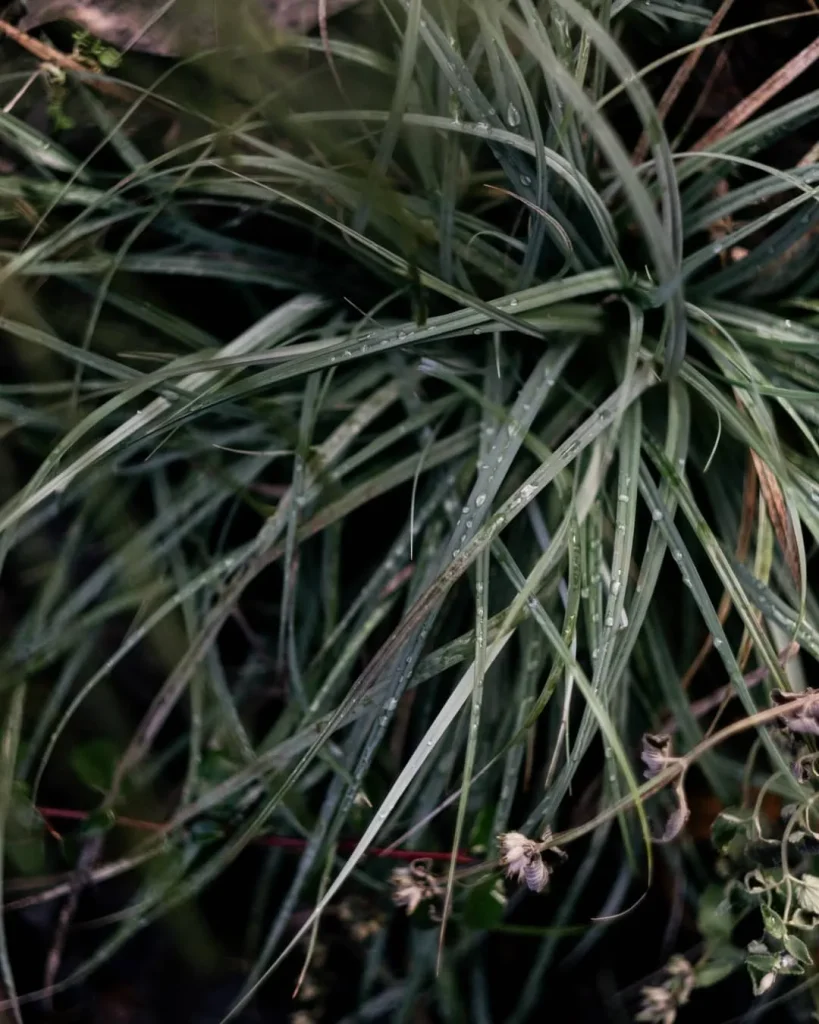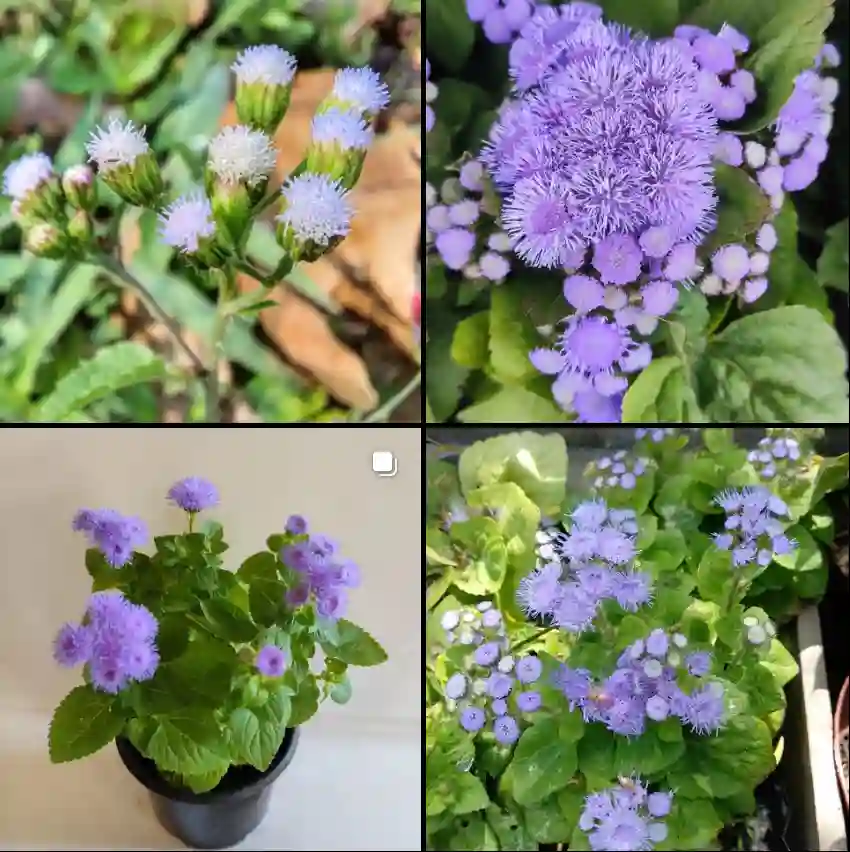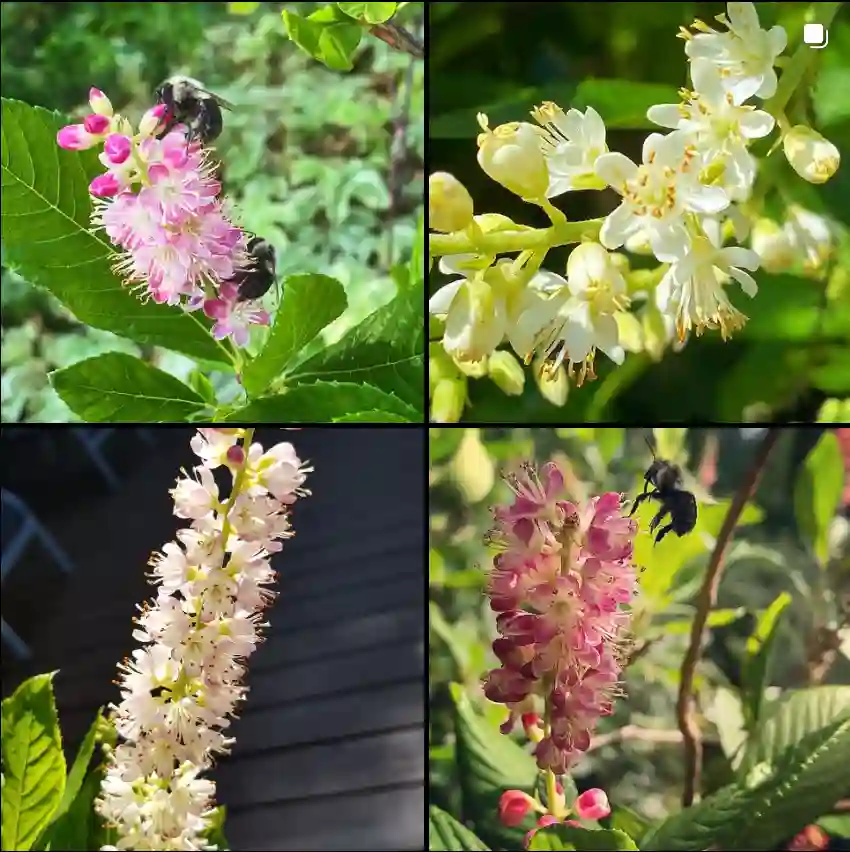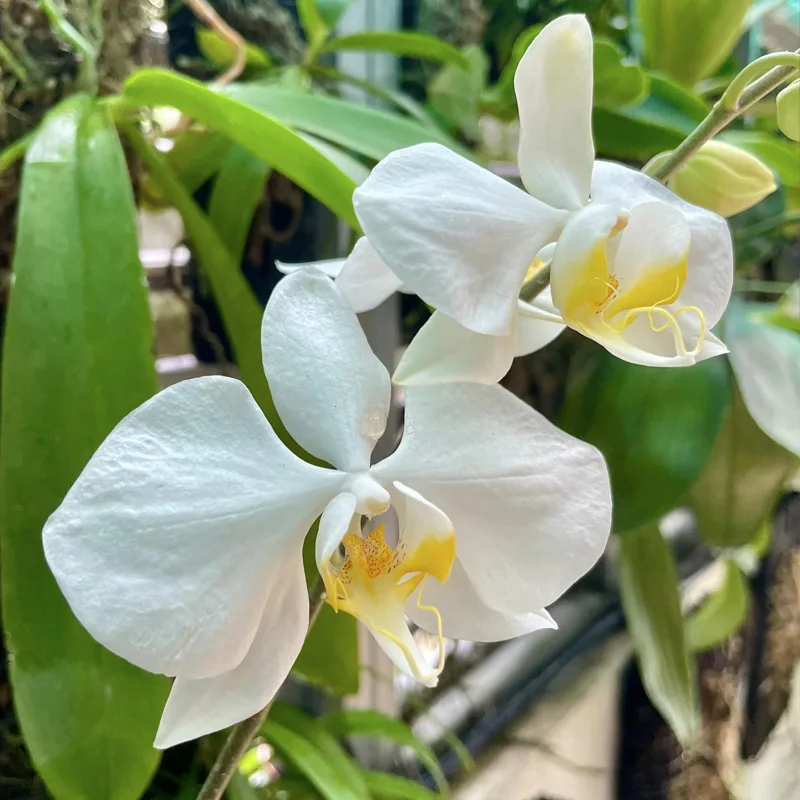My Fascination with the Cannabaceae Family
The Cannabaceae family of plants has always fascinated me, Ferb Vu. It’s a relatively small family, but it boasts some of the most culturally and economically significant plants in the world. From the psychoactive Cannabis to the fibrous Humulus, the Cannabaceae family has shaped human civilization in profound ways.
The Genera of Cannabaceae
The Cannabaceae family is home to a variety of plant genera, each with its own unique characteristics and uses. Here’s a brief overview:
- Cannabis: This is perhaps the most well-known genus in the family. It includes the species Cannabis sativa, Cannabis indica, and Cannabis ruderalis. Cannabis plants are known for their psychoactive properties, thanks to the presence of cannabinoids like THC and CBD. They also have a long history of use for fiber and medicinal purposes. – 3 Species in Genus Cannabis
- Humulus: This genus includes the species Humulus lupulus, commonly known as hops. Hops are an essential ingredient in beer brewing, providing bitterness, flavor, and aroma. They also have medicinal properties and are used in traditional medicine to treat a variety of ailments. – 7 Species in Genus Humulus
- Celtis: This genus includes around 60-70 species of deciduous trees commonly known as hackberries or nettle trees. They are found in temperate regions around the world. Celtis trees are valued for their wood, which is used for furniture, flooring, and other applications. They also provide food and shelter for wildlife. – 68 Species in Genus Celtis
- Trema: This genus includes around 15 species of evergreen trees and shrubs found in tropical and subtropical regions. Trema plants are fast-growing and are often used for reforestation and erosion control. They also have medicinal properties and are used in traditional medicine to treat a variety of ailments. – 18 Species in Genus Trema
- Pteroceltis: This genus includes a single species, Pteroceltis tatarinowii, commonly known as the blue sandalwood. It is a deciduous tree found in China and Vietnam. Pteroceltis tatarinowii is valued for its wood, which is used for furniture, carvings, and other applications. It is also used in traditional medicine to treat a variety of ailments.
- Aphananthe: This genus includes around six species of deciduous trees found in East Asia and North America. Aphananthe trees are valued for their wood, which is used for furniture, flooring, and other applications. They also provide food and shelter for wildlife.
- Gironniera: This genus includes around seven species of evergreen trees found in Southeast Asia. Gironniera trees are valued for their wood, which is used for furniture, flooring, and other applications. They also provide food and shelter for wildlife.
- Lozanella: This genus includes a single species, Lozanella enantiophylla, a climbing shrub found in Central America. Lozanella enantiophylla is valued for its medicinal properties and is used in traditional medicine to treat a variety of ailments.
- Chaetachme
- Parasponia
The Cultural and Economic Significance of Cannabaceae
The Cannabaceae family has played a significant role in human culture and economies for centuries. Cannabis, in particular, has a long and complex history of use, both for its psychoactive properties and for its fiber and medicinal applications. Hops, another important member of the family, have been essential to the brewing industry for centuries. Other members of the family, such as Celtis and Trema, are valued for their wood and other uses.
The Future of Cannabaceae
The Cannabaceae family continues to be a source of fascination and research. As our understanding of the plants in this family grows, we are discovering new and exciting applications for them. From new medicinal uses for cannabinoids to sustainable sources of fiber and biofuels, the Cannabaceae family has a bright future ahead.
In conclusion, the Cannabaceae family is a diverse and fascinating group of plants with a rich history and a promising future. As a plant enthusiast, I am excited to see what new discoveries and innovations emerge from this remarkable family in the years to come.
If i die, water my plants!



